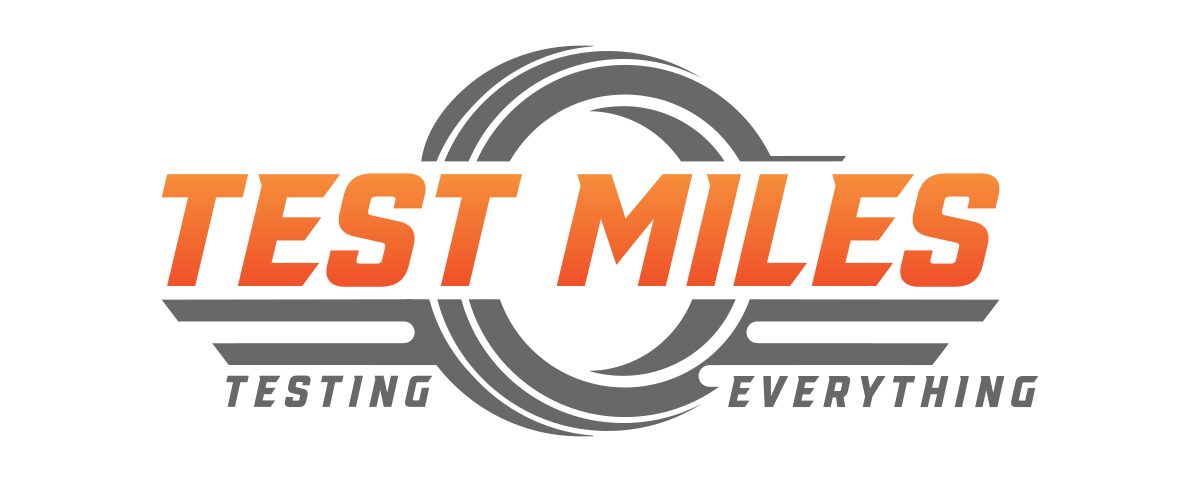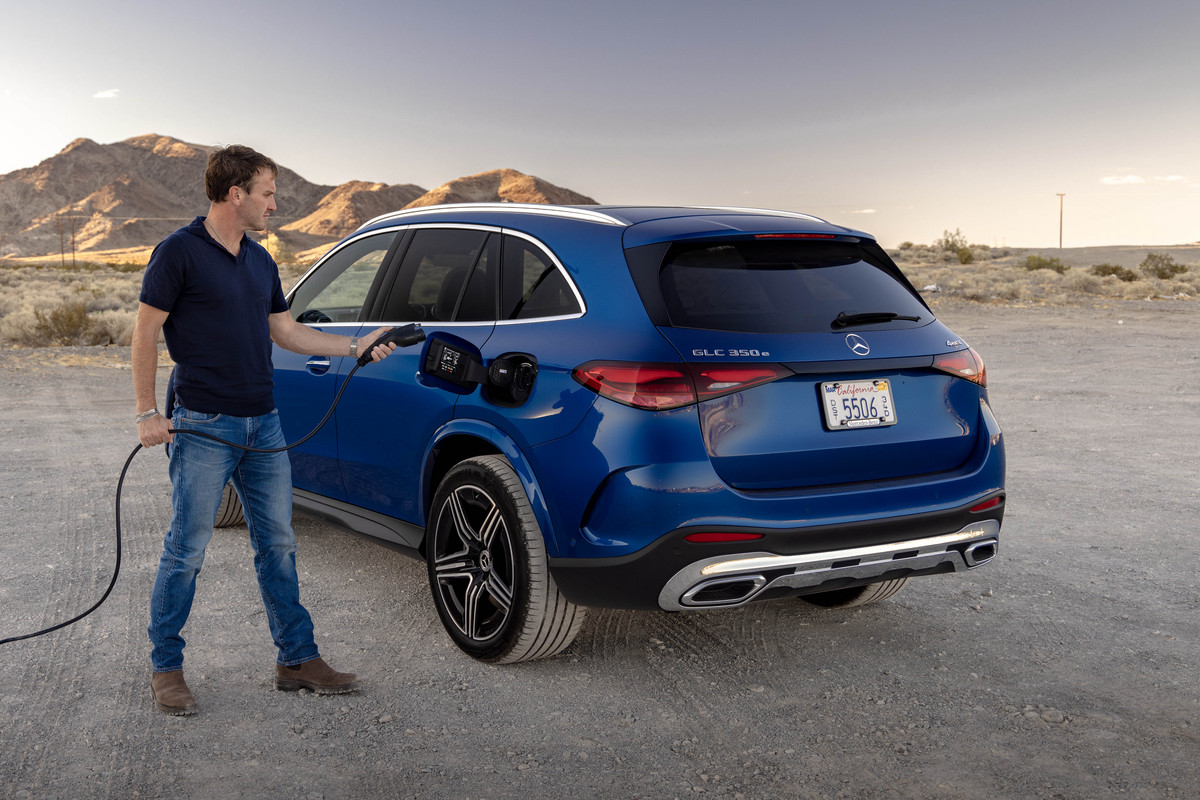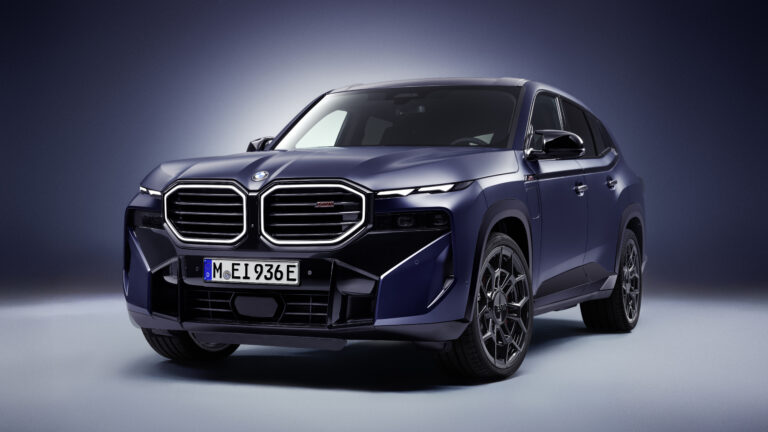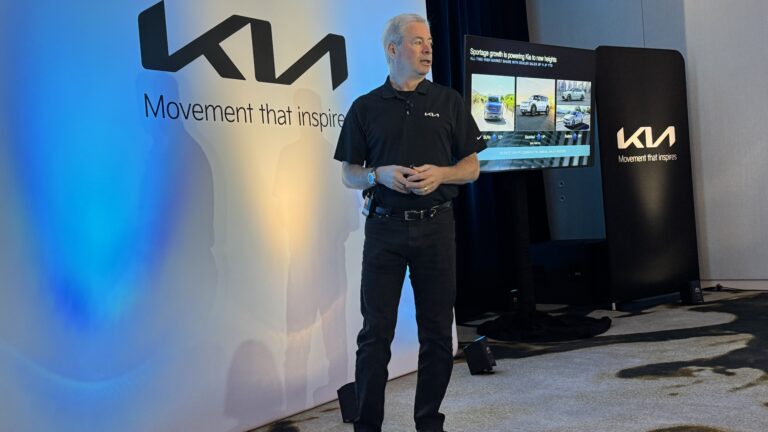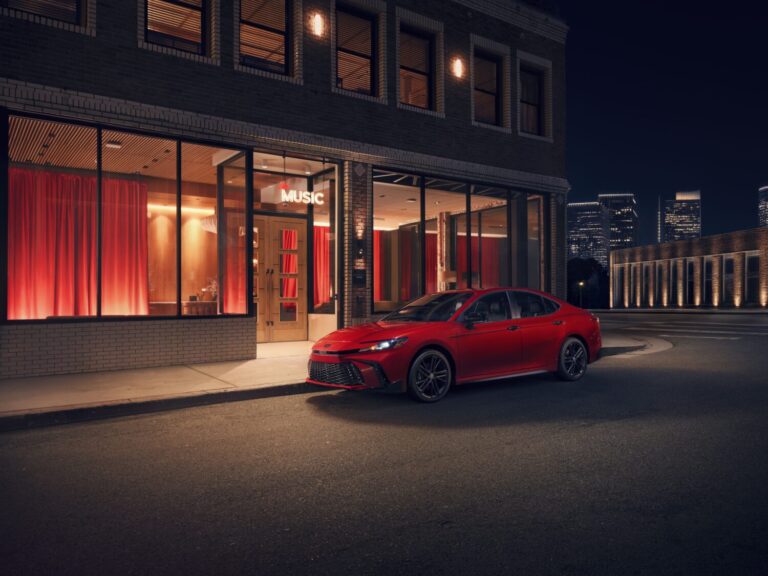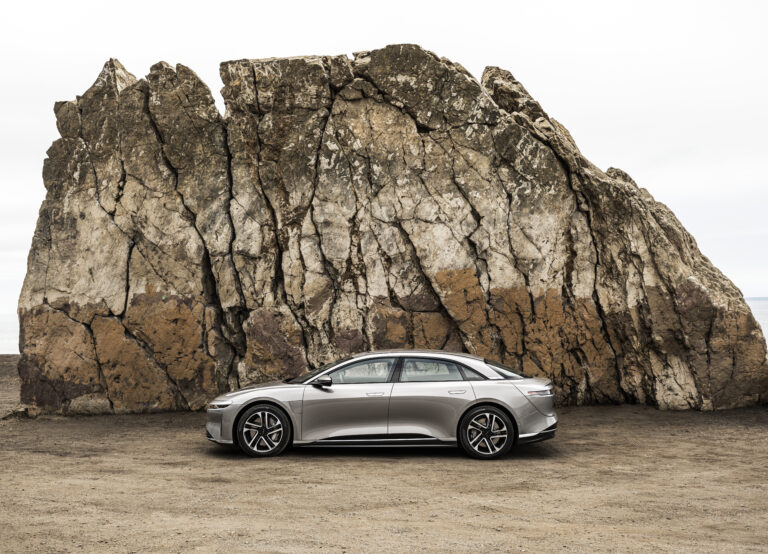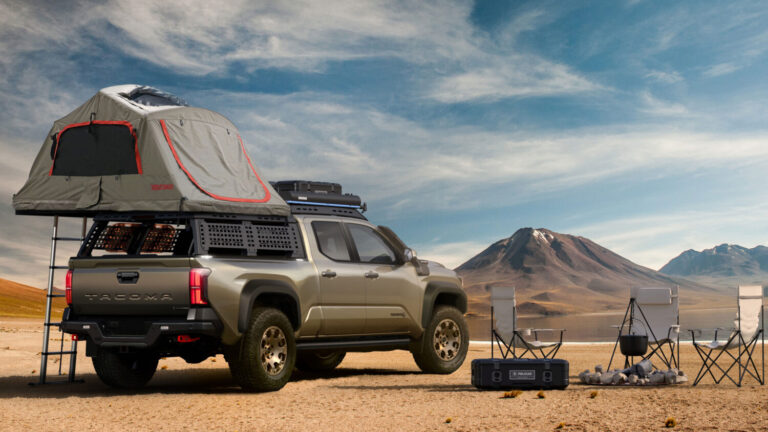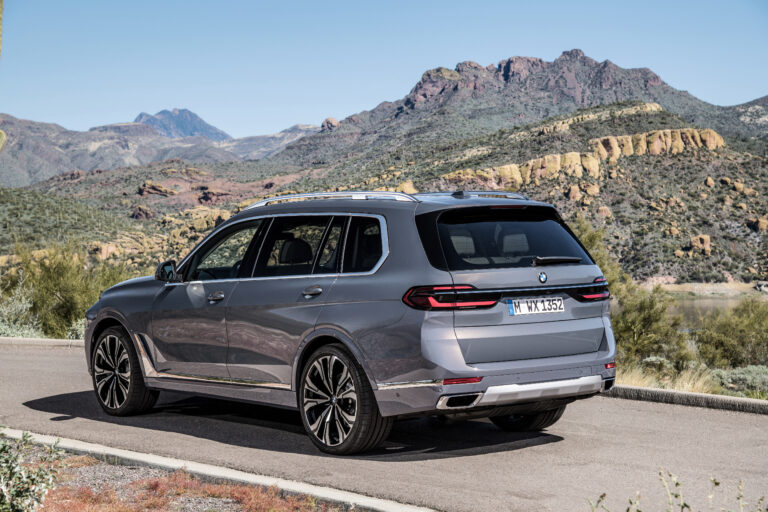2025’s Best and Worst Of Plug-In Hybrid Cars
Plug in hybrid reliability takes a hit in J.D. Power’s 2025 IQS. Learn which PHEVs shine and which ones stumble when quality is on the line
Why this matters: as PHEVs rack up more issues than EVs, knowing which plug-in hybrids to trust and which to avoid matters more than ever
Plug-in hybrids (PHEVs) stood out for all the wrong reasons in the 2025 J.D. Power Initial Quality Study: they recorded 237 problems per 100 vehicles worse than battery-electric vehicles at 212 and gasoline-powered cars at 184. That makes PHEVs the most trouble-prone drivetrain on the road today.
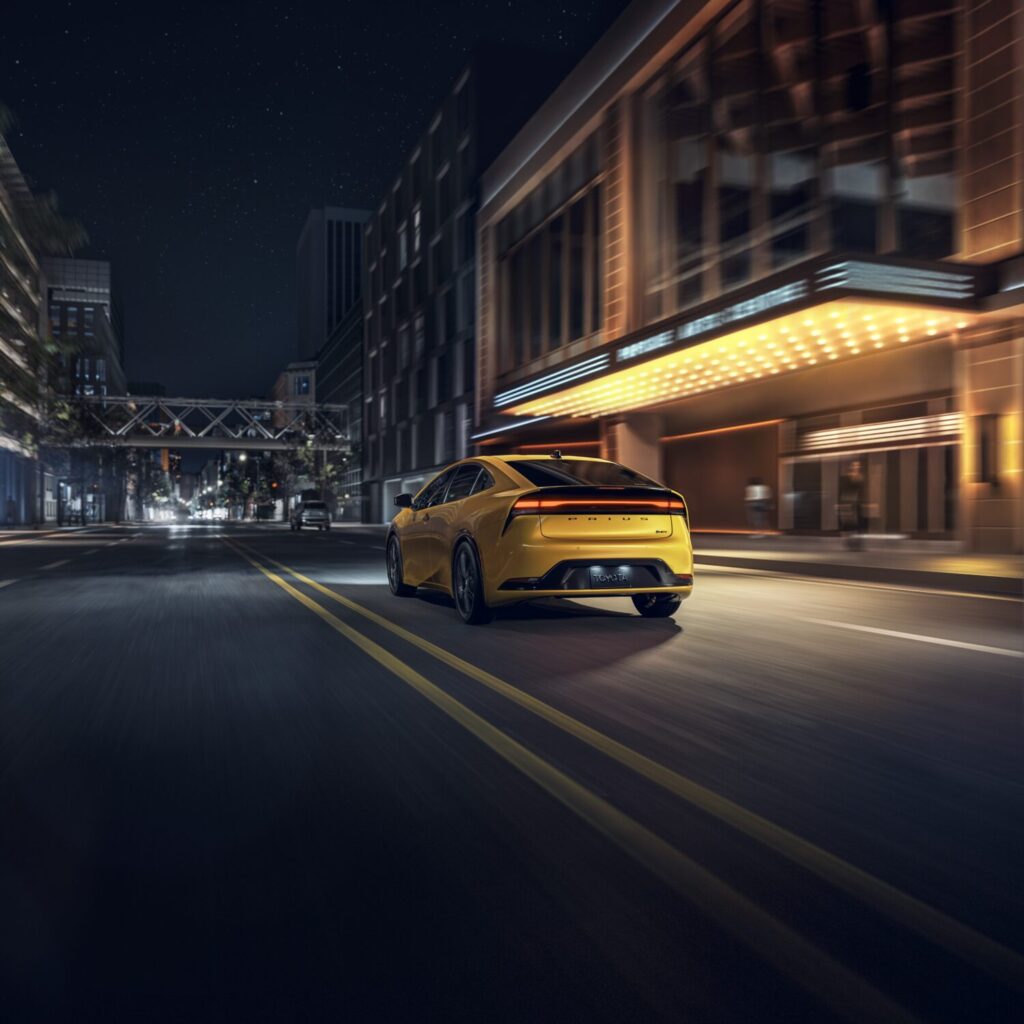
Why does this matter right now?
PHEVs once promised the best of both worlds electric range around town and gasoline flexibility for long hauls. But the latest IQS results expose a painful truth: that dual-powertrain complexity breeds unreliability. Owners reported a spike in software bugs, laggy infotainment, touchscreen HVAC complaints, and basic build quality issues. Some even noted that cupholders and gloveboxes felt cheaper than ever.
It matters because plug-in hybrids usually cost more than gas vehicles and nearly as much as full EVs. For that premium, buyers expect an effortless ownership experience. What they’re getting instead according to nearly 93,000 survey respondents is frustration on four wheels.
How does it compare?
PHEVs rank dead last among all powertrain types in the 2025 Initial Quality Study. At 237 problems per 100 vehicles (PP100), they edge out BEVs at 212 PP100 and lag far behind traditional gas vehicles (184 PP100). Conventional hybrids remain the reliability sweet spot at just 196 PP100.
Even among premium brands, PHEVs underperform. According to J.D. Power, luxury PHEVs are weighed down by unnecessary complexity gesture controls, overengineered interfaces, and redundant software layers. Owners want simplicity; they’re getting an operating manual on wheels.
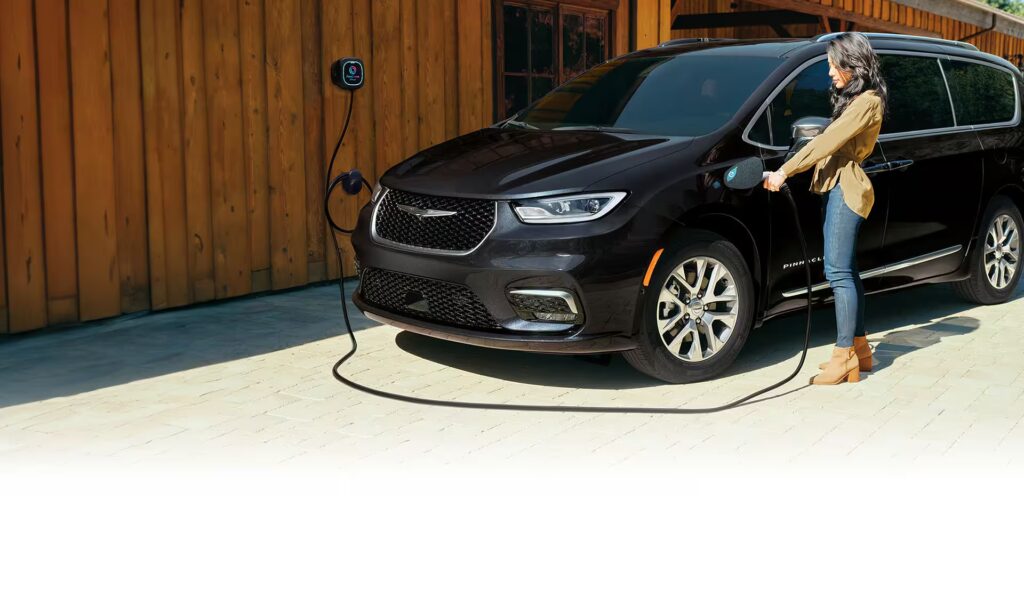
Who is this for and who should skip it?
Plug-in hybrids are ideal for commuters who drive short distances daily, have spotty access to public charging, and occasionally need long-range capability. If you can plug in overnight and don’t mind some early-adopter quirks, there’s value to be found. But if you’re looking for seamless, headache-free transportation, conventional hybrids or well-sorted BEVs are the smarter play right now.
The Toyota Prius Prime now rebadged as the Prius Plug-in Hybrid continues to be the benchmark for plug-in reliability. Its relatively simple layout and straightforward controls give it an edge over flashier rivals. Meanwhile, German luxury PHEVs continue to draw complaints for glitchy electronics and clunky software updates that require frequent dealer visits.
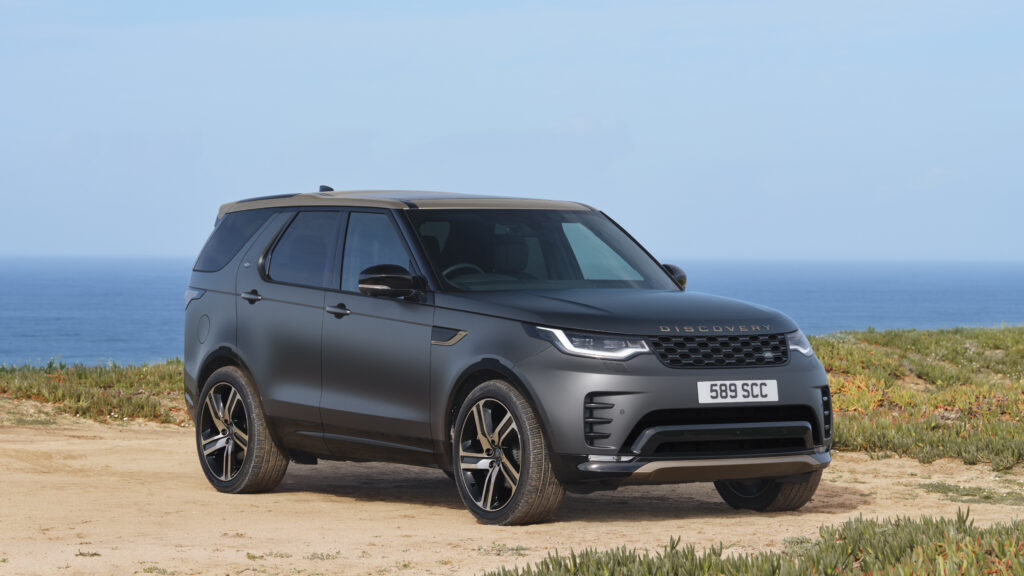
What’s the long-term significance?
The growing pains of plug-in hybrids raise serious questions about their role in the EV transition. Automakers built PHEVs as a bridge between gas and electric. But if that bridge is full of potholes, buyers may skip it entirely. J.D. Power’s data suggests that reliability not just range will determine which powertrains win the decade.
The takeaway? PHEVs can still make sense but only when done right. Automakers need to simplify the tech stack, ditch gimmicky features, and focus on core quality. Until then, plug-in hybrids remain a risky bet in a segment full of safer choices.
Like what you’ve read? Stay in the driver’s seat with more insider automotive insights. Follow @NikJMiles and @TestMiles for stories that go beyond the press release.
